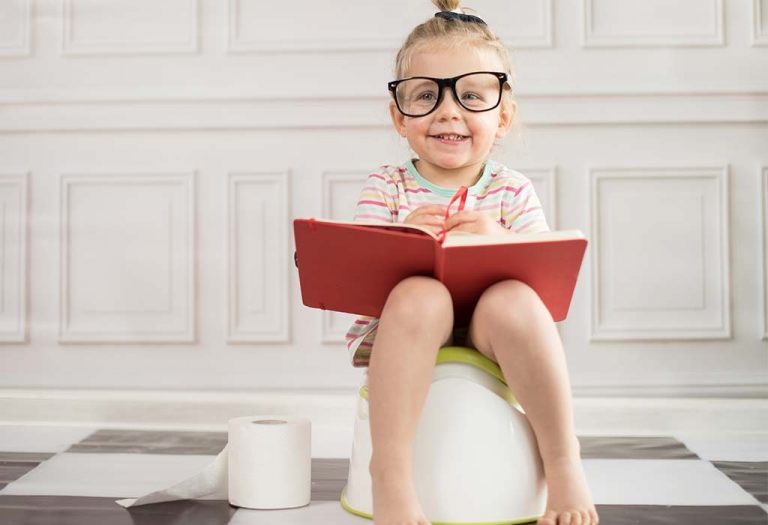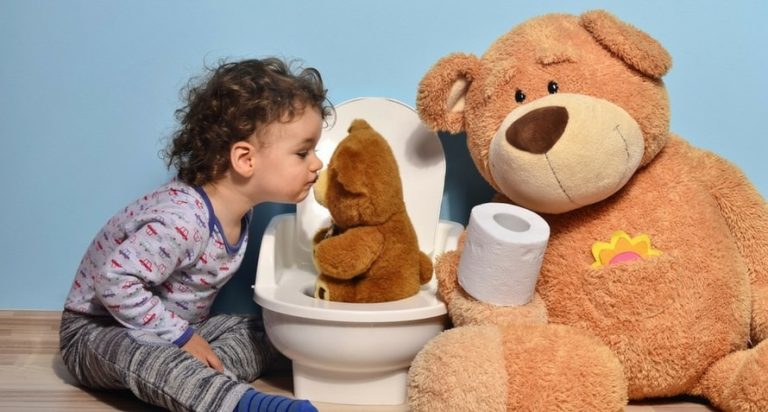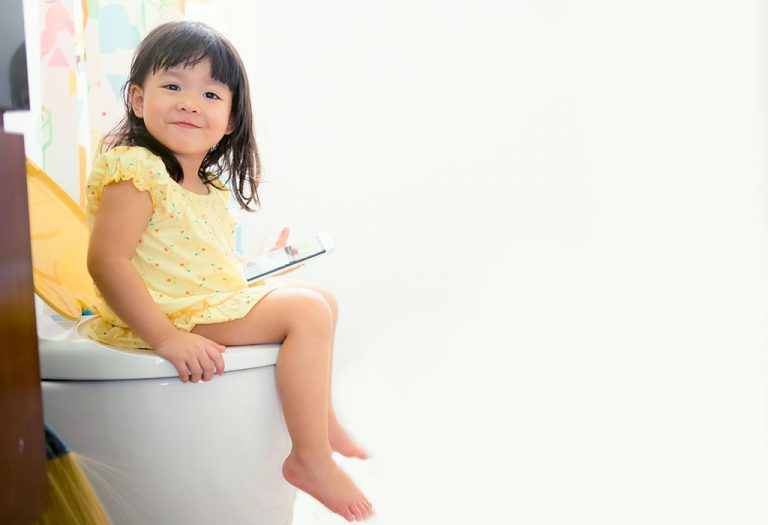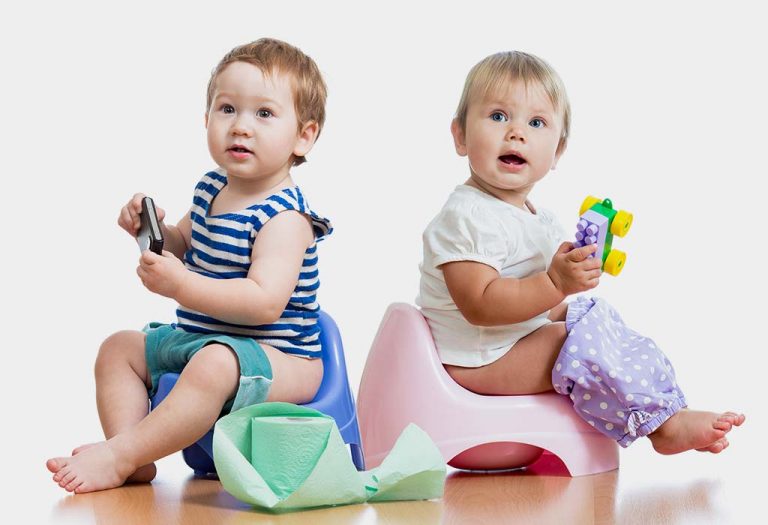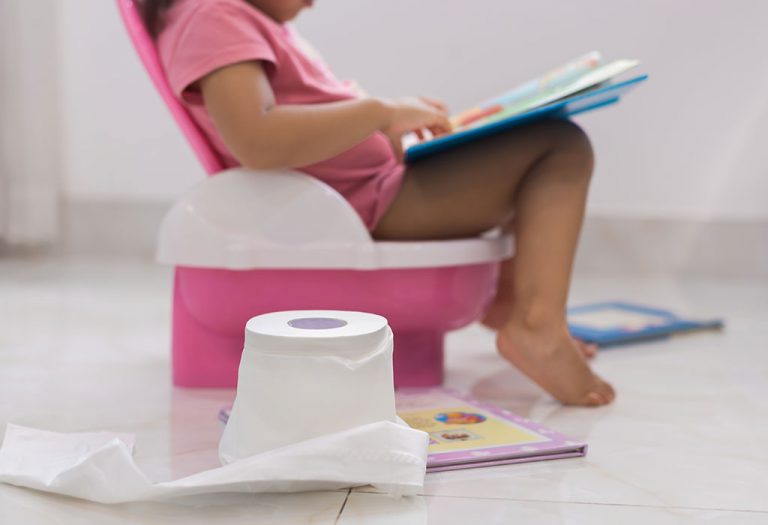Potty Training with Underwear – When, Why and How to Start It?
- What Is the Right Time to Start Potty Training With Underwear?
- Why Start Potty Training With Underwear?
- Things to Look for When Choosing a Potty Training Underwear
- Potty Training Undergarments – Pros and Cons
- Tips for Potty Training Your Child with Underpants
- Are Potty Training Pants for Boys and Girls Different?
- FAQs
Potty training your toddler can be a challenging task. Your little one is used to being in diapers, and the transition from diapers to underwear can be difficult. However, with the right approach, you can make this process smoother for both you and your child. Being patient and consistent is important, as every child learns at their own pace. One effective method is potty training with panties, which allows your child to feel the difference between wet and dry, encouraging them to use the toilet more consistently. Learn how to potty train your child with underwear, and discover tips and tricks that can make the experience less stressful and more successful.
What Is the Right Time to Start Potty Training With Underwear?
Each child is different, and yours may not be ready for potty training when you are. Here are some tips to find out the right time to start potty training with underwear:
1. Can Stay Dry for a Long Time
If your child can keep a diaper dry for at least 2 hours, she is ready for potty training with underwear.
2. Is Able to Pull Her Own Diapers Up and Down On Her Own
If your child can pull down and pull up her own diaper, training pants or underwear, she can be potty trained.
3. Child is Between 2 and 3 Years of Age
Most toddlers are ready to be potty trained between the ages of 2 and 3.
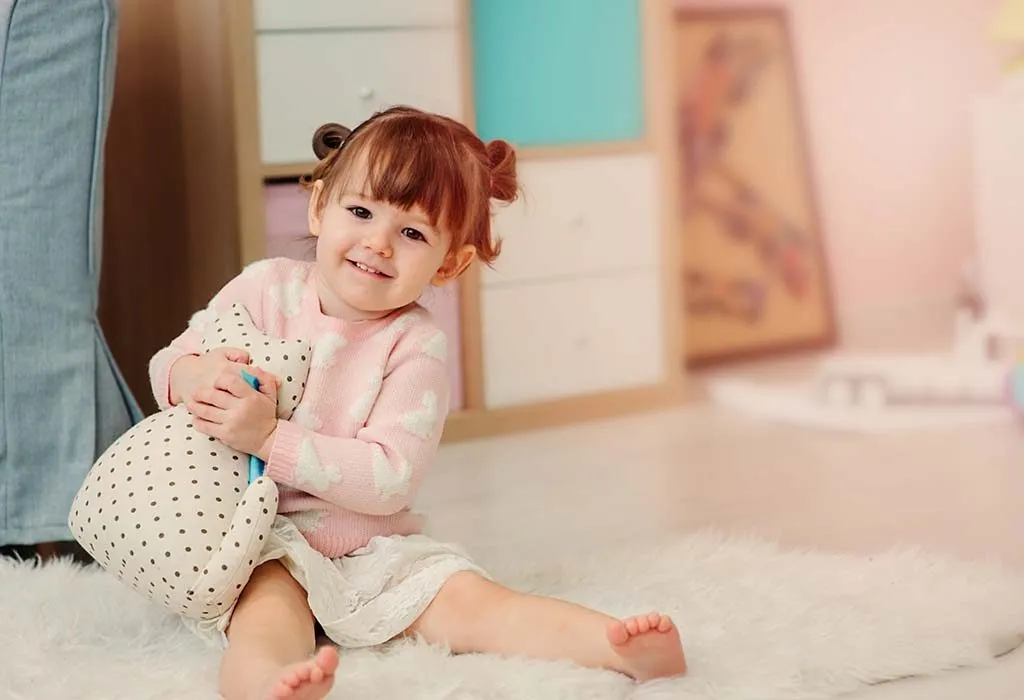
4. Child Can Get On and Off a Potty Seat Without Help
If your child is able to sit on a potty seat and get up on her own, she can start potty training.
5. Child Can Follow Simple Instructions
If your child can tell you when she needs to pee or poop and can follow simple instructions, she is ready to start potty training with underwear.
Why Start Potty Training With Underwear?
The following are some reasons why you should start potty training with undies:
1. It is Affordable
Diapers are expensive. Potty training with underwear will reduce your diaper expenses.
2. It Is Good for the Environment
Disposable diapers are responsible for over 3.5 million tons of waste and take 500 years to decompose, posing a serious threat to the environment. Underwear is, therefore, good for the environment.
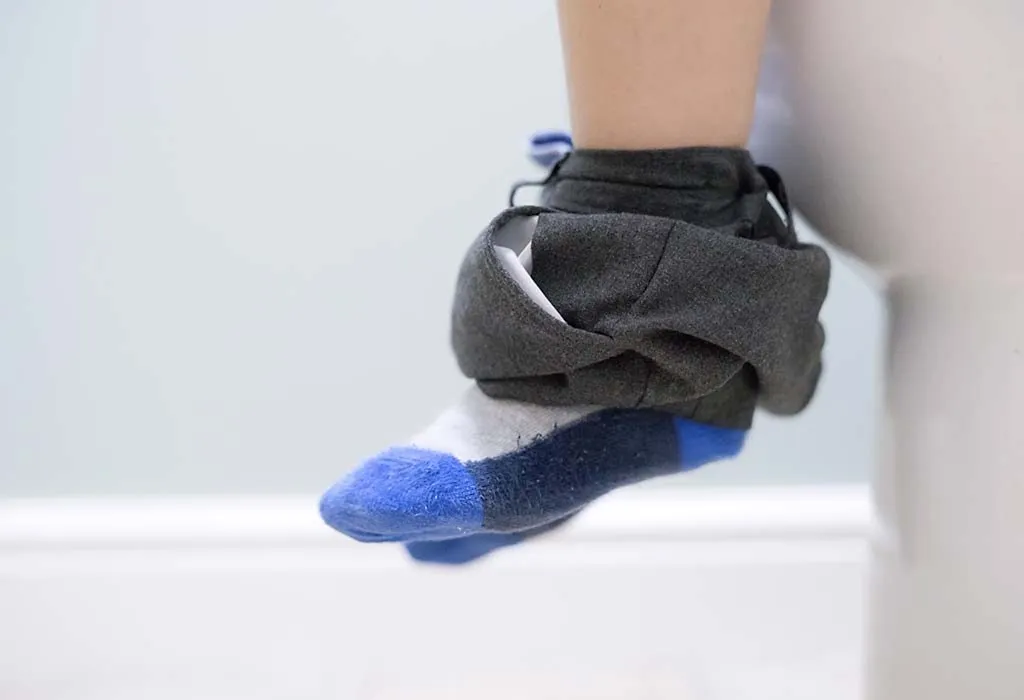
3. Diapers Delay Potty Training
Diapers and pull-ups draw the wetness away from the baby’s skin so that your baby does not experience discomfort. This eliminates the baby’s incentive to keep from peeing or pooping by herself.
4. Makes Them Independent
Potty training with underwear will get your child ready for daycare and preschool. It will make her self-sufficient and independent.
Things to Look for When Choosing a Potty Training Underwear
Choosing the right potty training underwear for your toddler can make a significant difference in the success of the training process. Here are some key points to consider when selecting potty training underwear.
1. Absorbency
Potty training underwear should offer a good balance between absorbency and the sensation of wetness. Look for options that can handle small accidents without soaking through immediately, but still allow your child to feel when they are wet, helping them recognize the need to use the toilet.
2. Fit and Comfort
Ensure the underwear fits snugly but comfortably on your toddler. The waistband and leg openings should be soft and stretchy to prevent any irritation or discomfort. Proper fit is crucial as it helps your child move freely and encourages them to wear the underwear without fuss.
3. Easy to Pull Up and Down
Choose underwear that your toddler can easily pull up and down on their own. This independence is important for their confidence and helps them feel more in control of the potty training process. Look for designs with elastic waistbands and avoid any complicated fastenings.
Potty Training Undergarments – Pros and Cons
Here are the different types of potty-training undergarments with their advantages and disadvantages:
1. Underwear
Regular underwear is an excellent choice for potty training.
Pros
- Affordable
- Can be re-used
- Easy to pull up and down
- Thin enough to allow the child to feel wetness
- Similar to adult underwear
Cons
- Generates too much laundry
- If the child pees or poops in the underwear, a complete change of clothing may be required
- Does not protect other surfaces like car seats or sofas
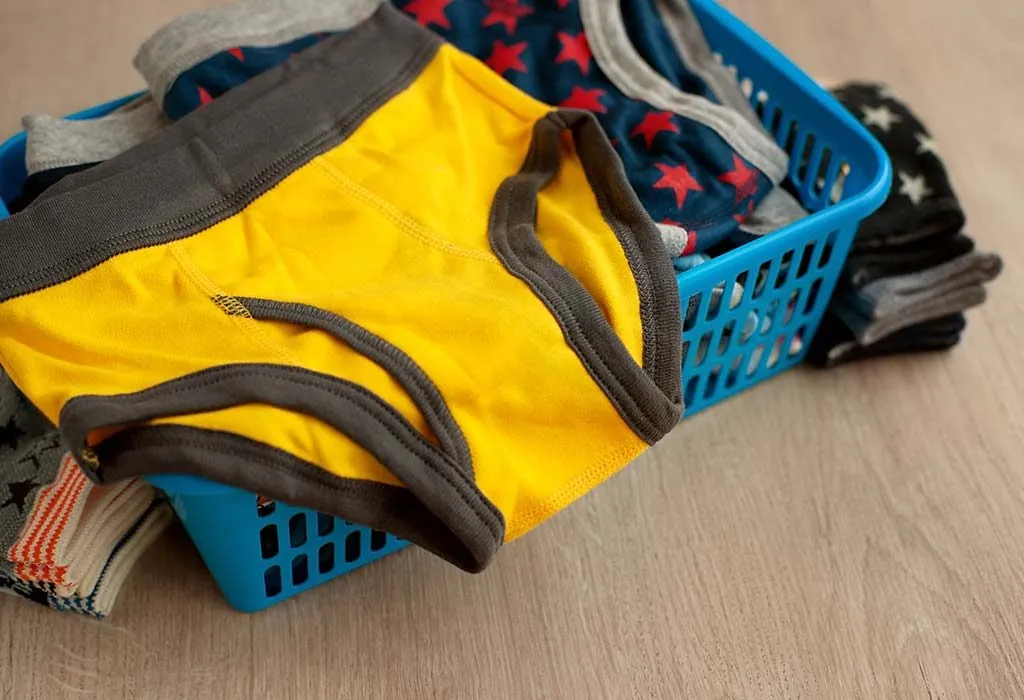
2. Cloth Training Pants
Cloth potty-training underwear is a popular choice for potty training toddlers.
Pros
- Can be washed and reused
- More affordable than diapers
- Thick enough to occasionally protect surfaces, but still allows child to feel the wetness.
Cons
- Not thick enough to protect outer layers of clothing sometimes
- Generates excessive laundry
- Tougher for the child to pull up and down
- May not always protect outside surfaces like a car seat or chair
3. Disposable Training Underwear
These are similar to diapers.
Pros
- Disposable
- Does not create laundry
- Protects outer surfaces and clothing in case of a peeing or pooping accident
Cons
- Expensive
- Very similar to a diaper, hence delays potty training
- Difficult to pull up and down
- Child does not feel wet and is thus not aware that she has soiled herself
- Very different from adult underwear
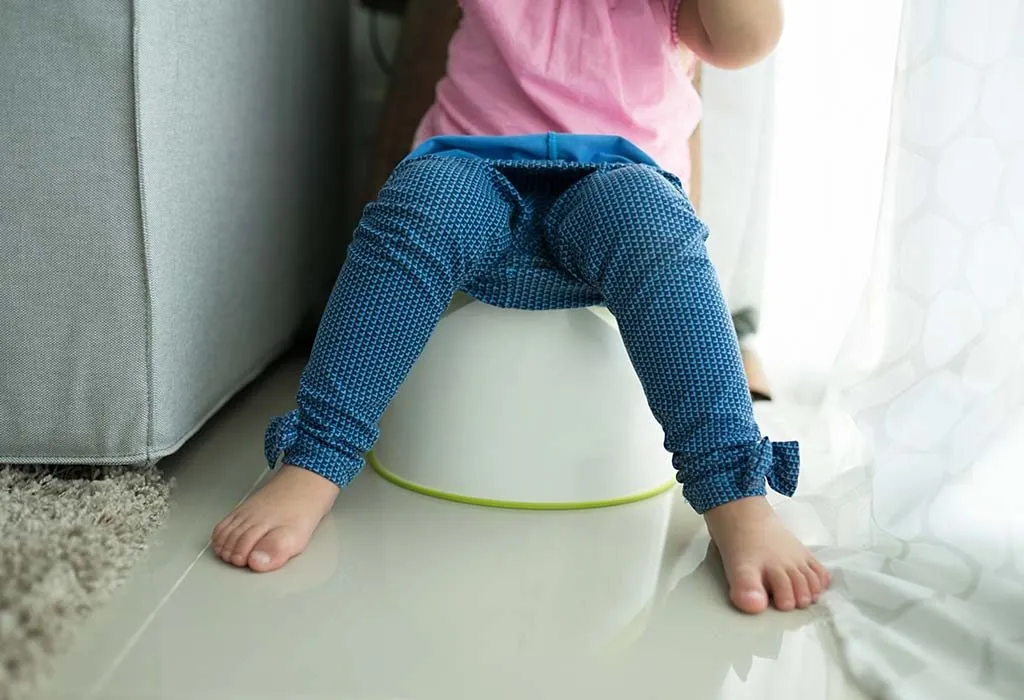
Tips for Potty Training Your Child with Underpants
Here are some tips for potty training your child with underpants:
- Let the child wear only underpants around the house initially. Then try a few short trips outside.
- Carry spare clothes, undies, and a wet bag with you if you are going out in case your toddler has an accident and needs a change of clothes.
- Make sure your toddler is ready. Do not force her to get potty trained.
- Be prepared for accidents in the initial stages of potty training. Handle accidents calmly.
- Teach your child to tell you when she needs to go so that you can supervise her toilet visits.
Are Potty Training Pants for Boys and Girls Different?
Potty training with underwear for boys and potty training with underwear for girls are pretty much the same. There is no difference in training pants for boys and girls.
FAQs
1. How many pairs of potty training underwear should I have?
When it comes to potty training with training underwear, it’s a good idea to have at least a dozen pairs of these training underwear. This ensures you have enough for frequent changes, especially in the early stages of training when accidents are more common.
2. What should I do if my child has frequent accidents while wearing underwear?
Frequent accidents are normal in the beginning. Stay calm and patient, and avoid scolding your child. Instead, gently remind them to use the potty and offer encouragement. If accidents persist, consider if your child is fully ready for underwear and if additional readiness signs should be looked for.
3. Should I use training pants or regular underwear?
Training pants, also known as pull-ups, can be a helpful transitional tool as they offer more absorbency than regular underwear while still allowing your child to feel wetness. However, regular underwear can be more effective for some children as it makes accidents more noticeable, encouraging quicker learning.
Potty training is different for each child and can take patience and time. A positive attitude will help both you and your baby cross this milestone together without too many difficulties.
References/Resources:
1. The Right Age to Potty Train; American Academy of Pediatrics; https://www.healthychildren.org/English/ages-stages/toddler/toilet-training/Pages/The-Right-Age-to-Toilet-Train.aspx
2. When Are Kids Ready to Toilet Train?; Nemours Kids Health; https://kidshealth.org/en/parents/toilet-teaching.html
3. How to potty train; NHS; https://www.nhs.uk/conditions/baby/babys-development/potty-training-and-bedwetting/how-to-potty-train/
4. Potty training: How to get the job done; Mayo Clinic; https://www.mayoclinic.org/healthy-lifestyle/infant-and-toddler-health/in-depth/potty-training/art-20045230
5. Five do’s and don’ts of potty training your toddler; UC Davis Children’s Hospital; https://health.ucdavis.edu/children/patient-education/potty-training-children
6. Potty Training; American Academy of Pediatrics; https://www.healthychildren.org/English/ages-stages/toddler/toilet-training/Pages/default.aspx
7. Toilet Training; Johns Hopkins Medicine; https://www.hopkinsmedicine.org/health/wellness-and-prevention/toilettraining
Also Read:
Potty Training Ideas For Toddlers
Oh Crap Potty Training Method
Best Potty Training Games for Toddlers
Potty Training Methods – Choose the Best One for Your Child
Was This Article Helpful?
Parenting is a huge responsibility, for you as a caregiver, but also for us as a parenting content platform. We understand that and take our responsibility of creating credible content seriously. FirstCry Parenting articles are written and published only after extensive research using factually sound references to deliver quality content that is accurate, validated by experts, and completely reliable. To understand how we go about creating content that is credible, read our editorial policy here.






